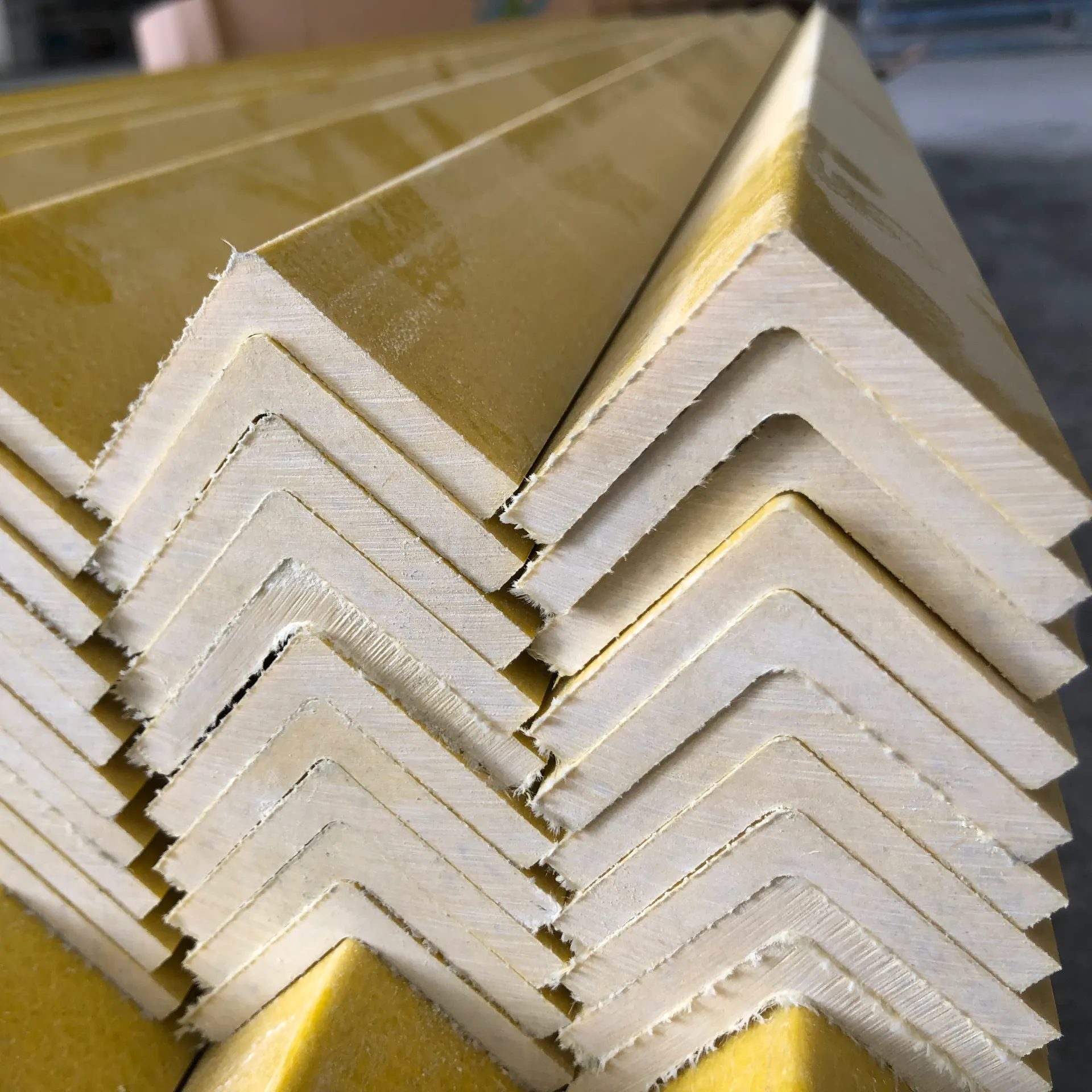loading...
- No. 9, Xingyuan South Street, Dongwaihuan Road, Zaoqiang County, Hengshui, Hebei, China
- admin@zjcomposites.com
- +86 15097380338
- Welcome to visit our website!
Exploring the Benefits and Applications of Fiber Reinforced Polymer Rebar in Construction
The Future of Construction FRP Rebar
In recent years, the construction industry has been witnessing a significant shift towards innovative materials that enhance durability, reduce maintenance costs, and improve overall performance. One such material that has gained immense popularity is Fiber Reinforced Polymer (FRP) rebar. Unlike traditional steel rebar, FRP rebar offers a range of advantages that make it an attractive choice for modern construction projects.
Understanding FRP Rebar
FRP rebar is made from a composite material that combines fibers, such as glass, carbon, or aramid, with a polymer resin. This unique combination results in a product that is both lightweight and incredibly strong. The manufacturing process allows for precise control over the properties of the rebar, making it suitable for various applications in construction.
One of the most significant advantages of FRP rebar is its resistance to corrosion. Traditional steel rebar is susceptible to rust and deterioration, particularly in environments where moisture, salt, or chemicals are prevalent. In contrast, FRP rebar does not corrode, which substantially extends the lifespan of structures and reduces maintenance costs. This quality makes FRP rebar an ideal choice for projects located in coastal areas or regions with harsh environmental conditions.
Advantages of Using FRP Rebar
1. Lightweight Nature FRP rebar is considerably lighter than steel rebar, making it easier to handle and install. This reduction in weight can result in lower transportation costs and a decrease in labor time during construction.
2. High Strength-to-Weight Ratio Despite its lightweight nature, FRP rebar retains a high strength-to-weight ratio. This allows engineers to design more efficient structures without compromising safety.
3. Non-Magnetic and Non-Conductive FRP rebar is non-magnetic and non-conductive, making it suitable for applications where electromagnetic interference must be minimized, such as in certain industrial and medical facilities.
frp rebar

4. Thermal Stability FRP materials can withstand extreme temperatures and exhibit stable performance in both high and low thermal conditions, making them versatile for various environments.
5. Reduced Carbon Footprint The production and utilization of FRP rebar contribute to a lower carbon footprint compared to traditional materials. As sustainability becomes increasingly important in construction, the eco-friendliness of FRP is a significant selling point.
Applications in Construction
FRP rebar finds applications in a variety of construction projects, including bridges, parking garages, water tanks, and marine structures. Its resistance to corrosion makes it particularly well-suited for structures exposed to de-icing salts and seawater. Additionally, FRP rebar is being integrated into precast concrete components, where its lightweight property can lead to more efficient construction methods.
Challenges and Considerations
While the benefits of FRP rebar are compelling, some challenges exist. The initial cost of FRP rebar can be higher than that of steel rebar, which may deter some project managers. However, considering the long-term savings from reduced maintenance and replacement, the investment often pays off. Furthermore, there is a need for more extensive research and design codes specific to FRP rebar to ensure its widespread acceptance and understanding within the engineering community.
Conclusion
In summary, FRP rebar represents a significant advancement in construction materials, offering numerous advantages over traditional steel rebar. Its resistance to corrosion, lightweight nature, and sustainability align perfectly with the growing demand for durable and eco-friendly building solutions. As the construction industry continues to evolve, the adoption of innovative materials like FRP rebar will play a crucial role in shaping the future of infrastructure development. Embracing these materials can lead to safer, more efficient, and longer-lasting constructions, ultimately enhancing the resilience of our built environment.
-
Premium FRP Handrail for All ApplicationsNewsAug.29,2025
-
Low Maintenance FRP Mini Mesh Grating ProductsNewsAug.29,2025
-
Innovative FRP Square Tubes for Modern Industrial SolutionsNewsAug.29,2025
-
FRP Water Storage Tanks Wholesale Solutions for Bulk BuyersNewsAug.29,2025
-
FRP Molded Grating Solutions for Diverse Industrial ApplicationsNewsAug.29,2025
-
Construction Advancements Through FRP Pultruded ProfilesNewsAug.29,2025
-
Why Choose FRP Railings, Guardrails, and Handrail Systems?NewsAug.29,2025
